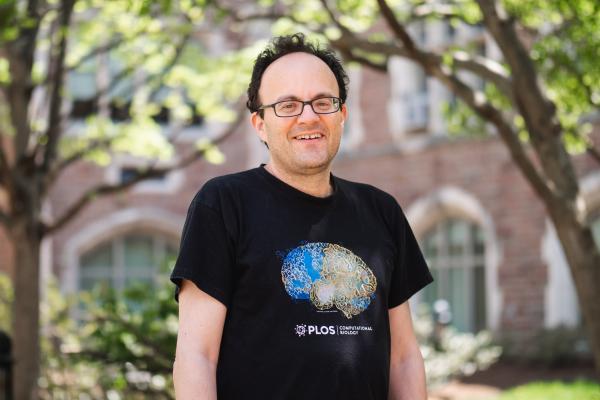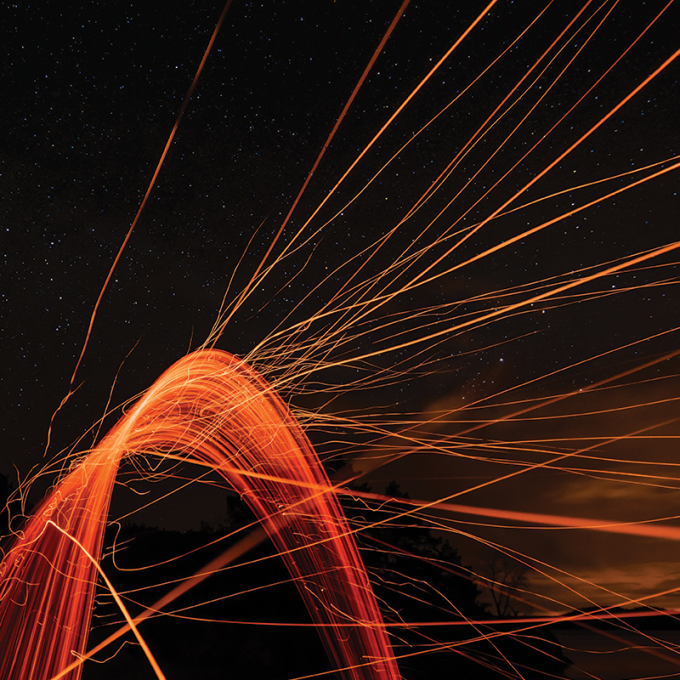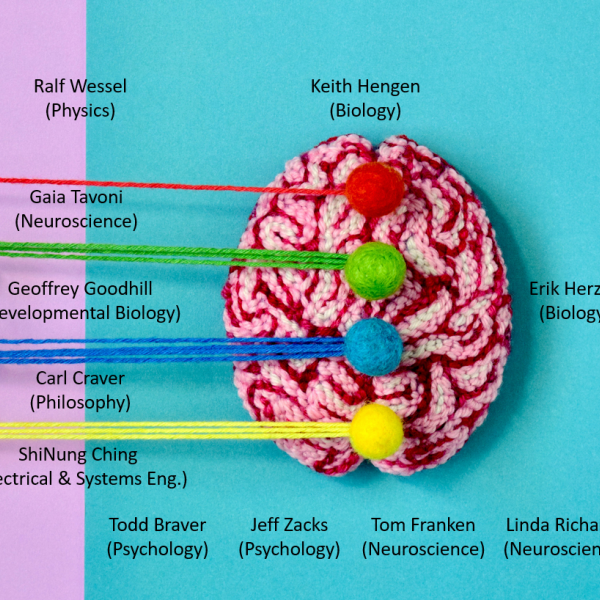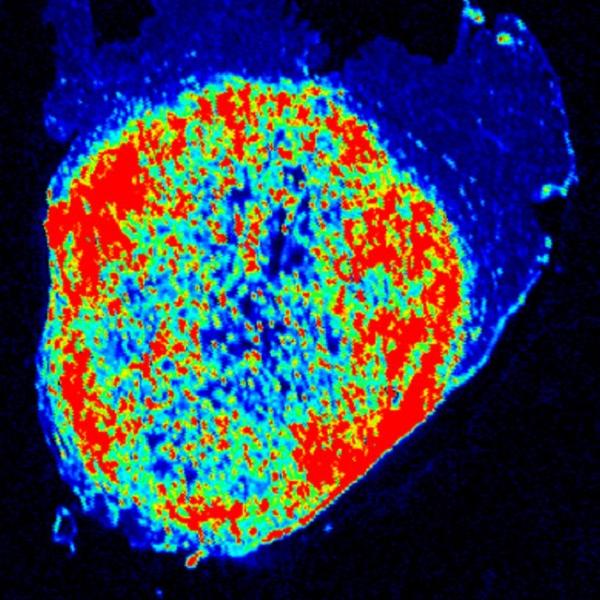Zohar Nussinov's prime focus is in condensed matter physics. This covers both "hard" (electronic) and "soft" (essentially classical) systems. One of his main passions has been the study of the glass transition, but his research is diverse and spans many problems.
The application of simple statistical mechanics and classical mechanics ideas to graph theory and satisfiability problems have led to remarkably simple algorithms for old problems, with ideas resting on dynamics in high dimensions where slow convergence to the solution can be avoided.
One of the most rapidly growing fields in condensed matter physics is topological quantum orders which reexamine basic notions of order and topology. Many of the tools used borrow heavily from field theory; condensed matter systems offer a direct realization of many ideas. They also offer examples of emergent phenomena which appear at low energy scales.
Recently, the BCS-BEC transitions have been observed in cold dilute atomic gases. A long-standing issue is what exactly transpires at the transition. Although the problem is easy to pose exactly, rigorous results are scarce. Remarkable numerical work has given insight into the problem.
"Quantum critical points" have been seen in many compounds. Nussinov and others have come up with simple model Hamiltonians which are exactly solvable and have many of the properties long predicted for such systems. Research is also conducted on the order of the atomic orbitals in transition metal oxides and on elastic defect dynamics. Additional work investigates single spin dynamics in superconducting junctions (where new mutations were predicted), "stripes" in high temperature superconductors, noise spectroscopy for examining fluctuations in small quantum systems, supersolids, avoided critical points, incommensurate phases, the role of competing orders in electronic systems, exact dimensional reductions resulting from symmetries, and the finding of new percolation crossovers in lattice gauge theories.






